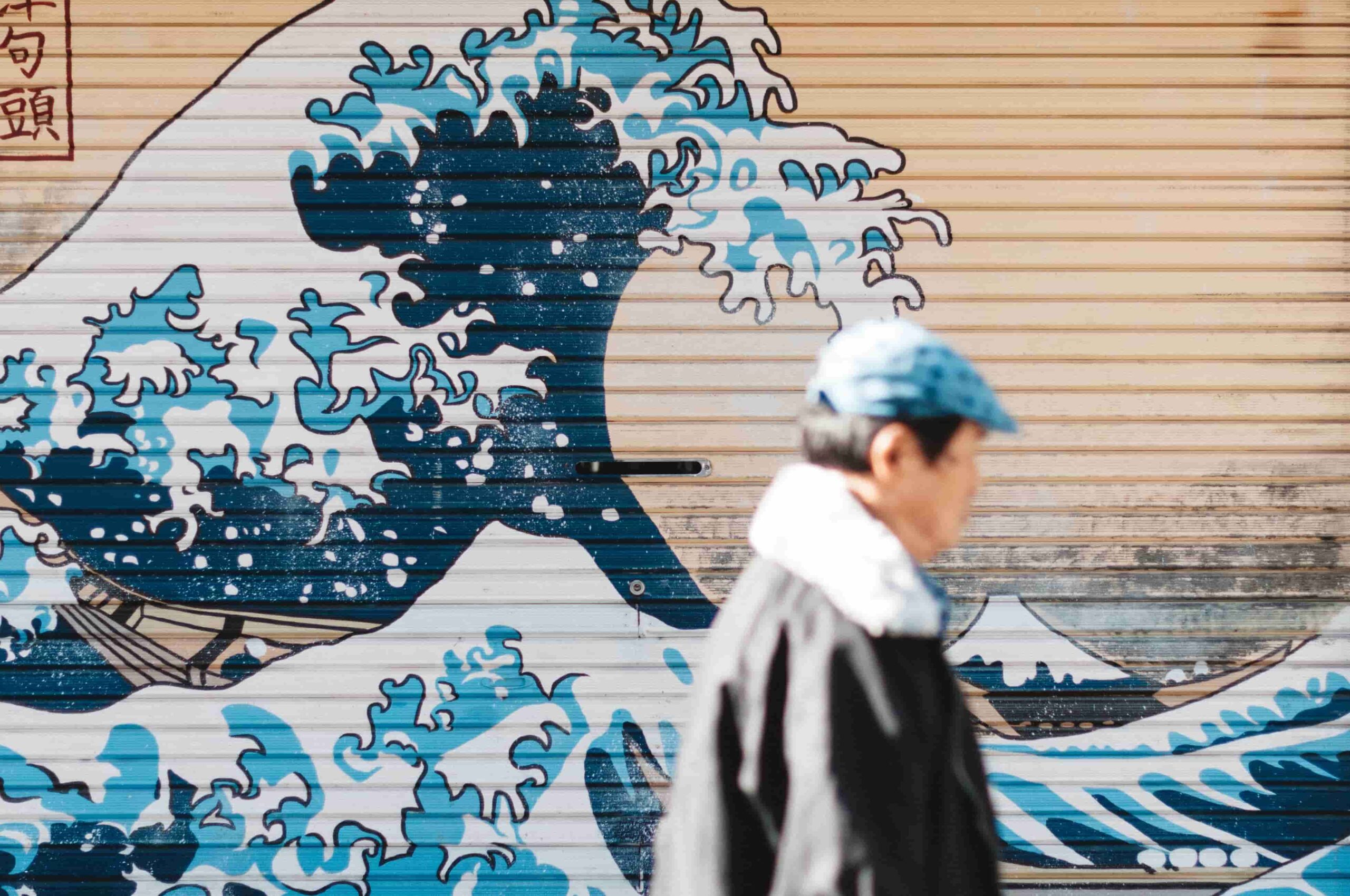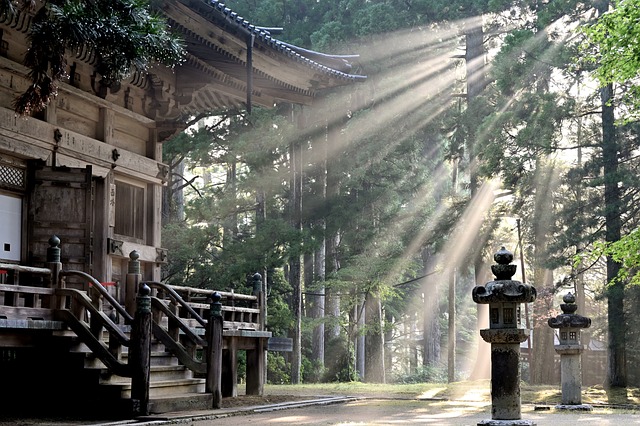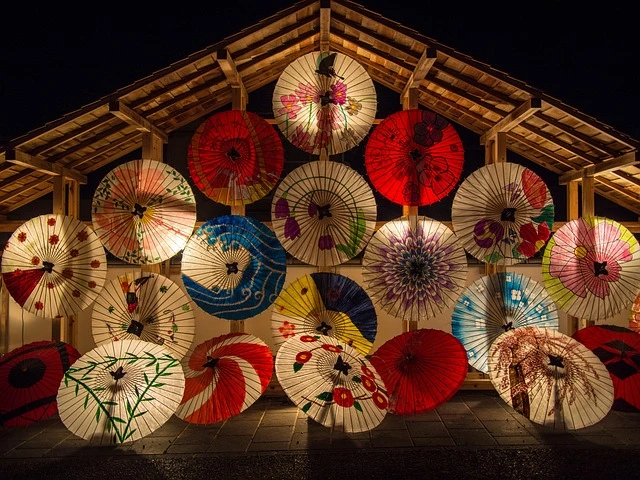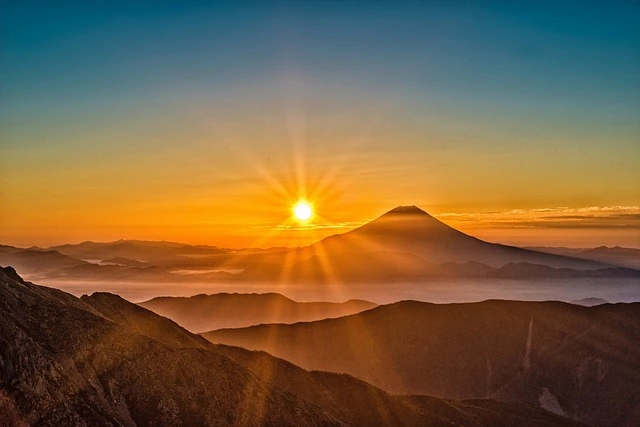
芸
2024-04-19
Insights on Traditional Japanese Culture and Arts from Living Overseas
No items found.
This is my 15th year of experience living abroad.
I spent three years of my childhood in Germany from the age of five, and moved to New Zealand when I turned 40. Throughout my nine-year university life, I traveled abroad every year during the long vacations.
I had the chance to experience and learn about various customs, ways of thinking, habits, and cultures from people around the world. It provided me with an opportunity to examine Japanese common sense from a different and more detached perspective.
Being away from Japan allowed me to deepen my understanding of my own country even further.
New Zealand is a country of multinational immigration, with European immigrants settling here less than 200 years ago. The culture of the indigenous Maori people remains strong in crafts and other items.
Many of the old buildings are of European style. I live in Auckland, the largest city in New Zealand, where immigrants from many different countries live. Therefore, when I go out, I have the opportunity to hear several languages a day.
In this environment, there appears to be a lack of deeply cultivated cultural awareness stemming from a long history. Many Japanese individuals yearn for the refined and delicate aspects of culture and arts. Upon leaving Japan, we come to understand that what may be considered common sense in Japan is not necessarily so in other countries. This realization permeates various aspects of my life.

Of course, I do not mean to say that everything in Japan is wonderful. However, I realize that Japan is wonderful in many ways.
As I observe my surroundings, I notice that more than half of the cars on the road are Japanese-made. Here in New Zealand, it’s common for ordinary people to own boats, akin to owning cars. Upon closer inspection, I’ve noticed that many of the boat motors are also manufactured in Japan.
Even the recently popular electric air conditioners hail from Japan. And surprisingly, you can find sake available at the local supermarket. When I take a closer look around in this manner, I frequently encounter familiar Japanese names.
So why have I suddenly started to focus on Japanese culture now that I have been in New Zealand for more than 10 years? Let me tell you why.
In daily life, unless something shocking happens suddenly, there will be no change in direction. In my case, it was when I found out that washi paper was being sold in New Zealand.
I was searching for something and was browsing products on an online art supply store that I don’t usually pay attention to. At that time, I came across the word “awagami.” It seemed somewhat Japanese, so I looked at the product, and it was Japanese washi paper. And it was introduced like this.
“Awagami Fine Art Paper.
Traditional Japanese paper has been made in Japan for over 1,300 years, and the Fujimori family of Awagami Factory has been making washi for eight generations. Awagami Factory produces washi from renewable natural fibers. : Kozo, bamboo, mitsumata, ganpi, hemp, and other renewable natural fibers are used. We produce sustainable paper for fine art, inkjet printing, crafts, interior design, and art conservation. Awagami creates washi inspired by traditional Japanese paper and adapts it to meet contemporary needs. “
I just recalled a memory from when I lived in Tokushima. The Awagami Factory was nearby, where I had the opportunity to experience handmade washi paper with my children.
The word “Inbe” sparked my interest once again. Inbe refers to the Awa Inbe tribe, who are believed to have played a significant role in the history of the Awa region (Tokushima) by venerating Amenohiwashi-no-mikoto, also known as the ancestral god of washi. During my time in Tokushima, I found myself connected to the Inbe community for various reasons.
I began to delve into researching washi, and even though it was through a computer screen, I found myself increasingly fascinated by it.

It seems I wasn’t as passionate about seeking out Japanese paper until today. Another catalyst was the Covid-19 pandemic.
During that time, New Zealand was thrown into chaos by just one infected person, leading swiftly to a lockdown. Schools closed, and even a brief encounter between my daughter and her boyfriend outside drew a scolding from a neighbor. For months and years, life was far from normal.
It felt as though people had stopped interacting, ceased communication, and deprived us of our basic human rights. I began noticing articles criticizing those who found joy in handcrafting. That’s when I realized, “We can’t continue like this.”
I strongly believed that this situation couldn’t persist, and this trend wasn’t healthy.
I had a vague realization that as human beings, we inherently need culture and the arts. Simultaneously, I witnessed the stark reality of the decline of traditional Japanese culture and art, coinciding with the Covid-19 pandemic. We’ve grown so accustomed to convenience, comfort, and affordability that we’ve lost touch with our true humanity. This realization was shocking to me.
I’m not particularly fond of online museums and other digital sources. While there are aspects that can be effectively conveyed through screens and audio recordings, there’s a depth of experience that can only be attained by seeing and hearing directly with our own senses—a vital aspect. It’s also a sentiment that can only be truly felt through face-to-face interactions and conversations. Such experiences are crucial.
We are not mere robots. We’re real, flesh-and-blood human beings.
The following is a direct quote from the website of the Agency for Cultural Affairs of Japan, describing culture and the arts.
Necessity of the development of culture and the arts
Culture, taken in the broadest sense, refers to all things related to human beings and their lives, including the behavior, food, clothing, shelter, and other aspects of life, lifestyles, and values that people develop and acquire through their relationship with nature and in the climate they live in. However, when culture is viewed from the aspect of “spiritual activities and their outcomes for the realization of human ideals,” its significance can be summarized as follows.
(1) Food for human beings to live like human beings
Culture brings enjoyment, inspiration, spiritual comfort, and joy of life to people, enriches their lives, fosters a rich humanity, and nurtures creativity. Culture nurtured in rich and beautiful nature nurtures human sensitivity.(2) Formation of the foundation for a society where people can live together
Culture brings people together through empathy, and provides the ground for mutual understanding and respect.(3) Realization of high quality economic activities
Culture itself can create new demand and high added value, and contribute to the development of many industries.(4) Contribution to the true development of mankind
With the rapid development of science and technology and information and communication technology, issues related to ethics and human values have arisen, and true development of humankind can be brought about through positive efforts from the side of culture based on the values of respect for humanity.(5) Foundation for World Peace
Through cultural exchange, each nation and ethnic group understands and respects each other’s culture and recognizes diverse cultures, thereby uniting people’s hearts and minds beyond borders, languages, and ethnicities, and laying the foundation for world peace.In view of the significance of culture, the arts and culture, including the arts, media arts, traditional performing arts, performing arts, lifestyle culture, national entertainment, publications, and cultural assets, which form the core of culture, are not only for artists, cultural and artistic organizations, and a few enthusiasts, but are essential for realizing a spiritually rich life where all people can truly experience comfort and enrichment. In this sense, culture and the arts are the social property of the entire nation.
As a human being, I firmly believe my intuition was correct after reading this.
I resonate deeply with the portrayal of “a culture nurtured in a rich and beautiful natural environment.” When I explore the surroundings of my home in New Zealand, all I encounter is a landscape that appears to have been transformed into pastureland after the intervention of human hands. Since arriving here, I’ve struggled to fill the void in my heart.
Japan possesses a unique and rich traditional culture and art, shaped by its long history and abundant natural surroundings. Japanese people have cultivated sensibilities deeply rooted in this environment.
Consider Japanese anime, for instance. During my childhood in Germany, there were scarce television programs for children. Only once a week, I recall, did a Japanese cartoon called “Little Viking Bikke” grace the screen. I envied the adorable Japanese characters and even coveted children’s stationery adorned with them. While I may not be extensively familiar with Japanese animation, I’m aware of its widespread popularity among young people here as well. Indeed, anime captivates many individuals across the globe.
Anime reminds me of traditional Japanese drawings, such as the “Chojugiga” picture scrolls from the Heian and Kamakura periods, around 800 years ago, and Ukiyoe drawings from the Edo period. I’m profoundly moved by their keen observation and expression, as well as their remarkable portrayal of animal and human movement. I believe that contemporary animation represents an evolutionary continuation of this rich tradition of Japanese culture and art.
I’ve pursued a career completely unrelated to the cultural and artistic fields. Yet, I’ve always sensed the abundance of talented artists in Japan. Frequently, even those not widely recognized or professionally engaged in the field possess something that resonates with me and shines through.
In Japan, these talented artists might not garner much attention as they’re often overshadowed by the mainstream of the Japanese art scene. However, when they venture abroad, they infuse their work with a local sensibility. “Sometimes Japanese artists gain recognition abroad and become well-known,” a Chinese art dealer once remarked to me.

I believe it would benefit Japan to cultivate a greater awareness of the richness of its own culture and art. There should be a sense of confidence and pride in possessing such a profound history and culture.
It’s not just the allure of foreign cultures that captivates people from overseas. They are intrigued by the intangible aspects that we Japanese imbue into our creations.
I’m certain they perceive something truly special about it.